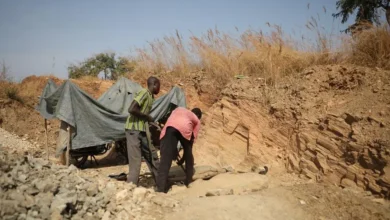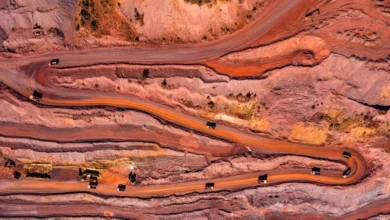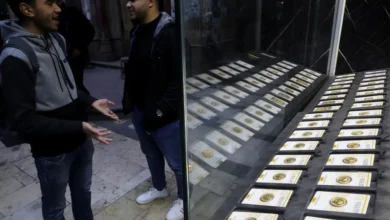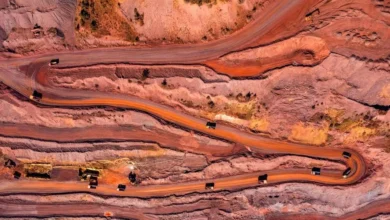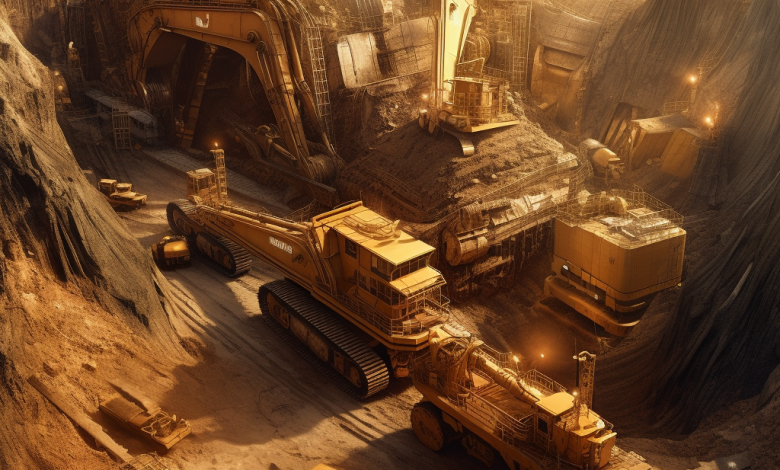
- While gold remains an essential metal, with wide-ranging applications in various industries, its extraction and production have raised significant environmental and health concerns. The mining industry, consequently, is on the threshold of a green revolution. The use of advanced technology, sustainable methods, and urban mining are all significant steps towards achieving more eco-friendly practices in gold extraction. The future of the gold mining industry thus hinges on these continuous innovations and the commitment to minimize the environmental footprint of gold extraction processes.
Gold, one of the most coveted precious metals known to mankind, is not just an object of vanity, but a symbol of wealth and power that has remained significant throughout human history. Extracted and refined via the mining industry, gold possesses historical, aesthetic, and industrial importance [9]. Apart from being a crucial part of jewelry and a secure form of investment, it is also instrumental in a variety of applications in technology and medicine [7]. Today, we delve into the extraction processes of this valuable metal and understand the imperative shift towards more sustainable mining practices.
The Art of Extracting Gold
The process of extracting gold begins in gold quarries involving exploratory phases, detailed planning, and the deployment of surface and underground mining techniques. The fundamental steps include drilling, blasting, and several separation methods, such as gravity separation and cyanide leaching [9]. According to research, gold recovery from low-grade ores and flotation tailings is gaining significance due to high demand and mounting environmental concerns [10].
Cyanidation, involving the use of cyanide, a toxic substance, to convert gold into a water-soluble coordination complex, is a widely adopted technique for extracting gold from low-grade ore [2]. However, this practice has raised numerous controversies and caused devastating environmental impacts from cyanide spills. As a result, there has been a concerted push to develop alternative, cleaner extraction methods and regulations to mitigate the risks associated with cyanide [2][3].
Gold ores come in various types, including refractory ores that require pre-treatment before the extraction process. Techniques like roasting, bio-oxidation, pressure oxidation, or the Albion process have been employed to treat such ores [4]. Additionally, small-scale mining still relies on mercury amalgamation, a process known for its harmful environmental and health impacts.
The Green Revolution in Gold Extraction
Given the detrimental environmental effects of current extraction methods, the shift towards sustainable and environmentally friendly methods of gold extraction is well underway. Research is increasingly focused on developing substitute leach reagents for cyanide in gold mining, intending to promote more sustainable gold extraction [1][3].
Several physical and chemical processing techniques, including crushing, optical sorting, dense media separation, and leaching alternatives such as thiosulfate and thiourea, are being examined [1][3]. In addition, efforts are being made to manage cyanide waste better, including the implementation of the International Cyanide Management Code [2].
Researchers are also working on advanced technological interventions and emerging technologies in with the same content the gold mining industry, including artificial intelligence and machine learning, which can optimize operations, mitigate environmental impacts, and improve safety [5]. For instance, AI can help in monitoring mining operations, identifying any inefficiencies, and suggesting improvements, thus resulting in more effective mining processes [5].
Biotechnology is another intriguing prospect in the quest for sustainable gold extraction. Bioleaching, for example, is an eco-friendly method that uses bacteria to extract gold from ores. These bacteria produce certain chemicals that can dissolve metals, making the gold easier to collect. This method is not only greener but also more cost-effective in certain situations [6].
Urban mining is another concept that has emerged in response to the growing concern over electronic waste (e-waste). Since e-waste contains precious metals like gold, silver, and palladium, their recovery offers a sustainable alternative to traditional mining. This recovery can be achieved through a series of steps including collection, disassembly, and recovery processes, thus turning waste into resources [7].

